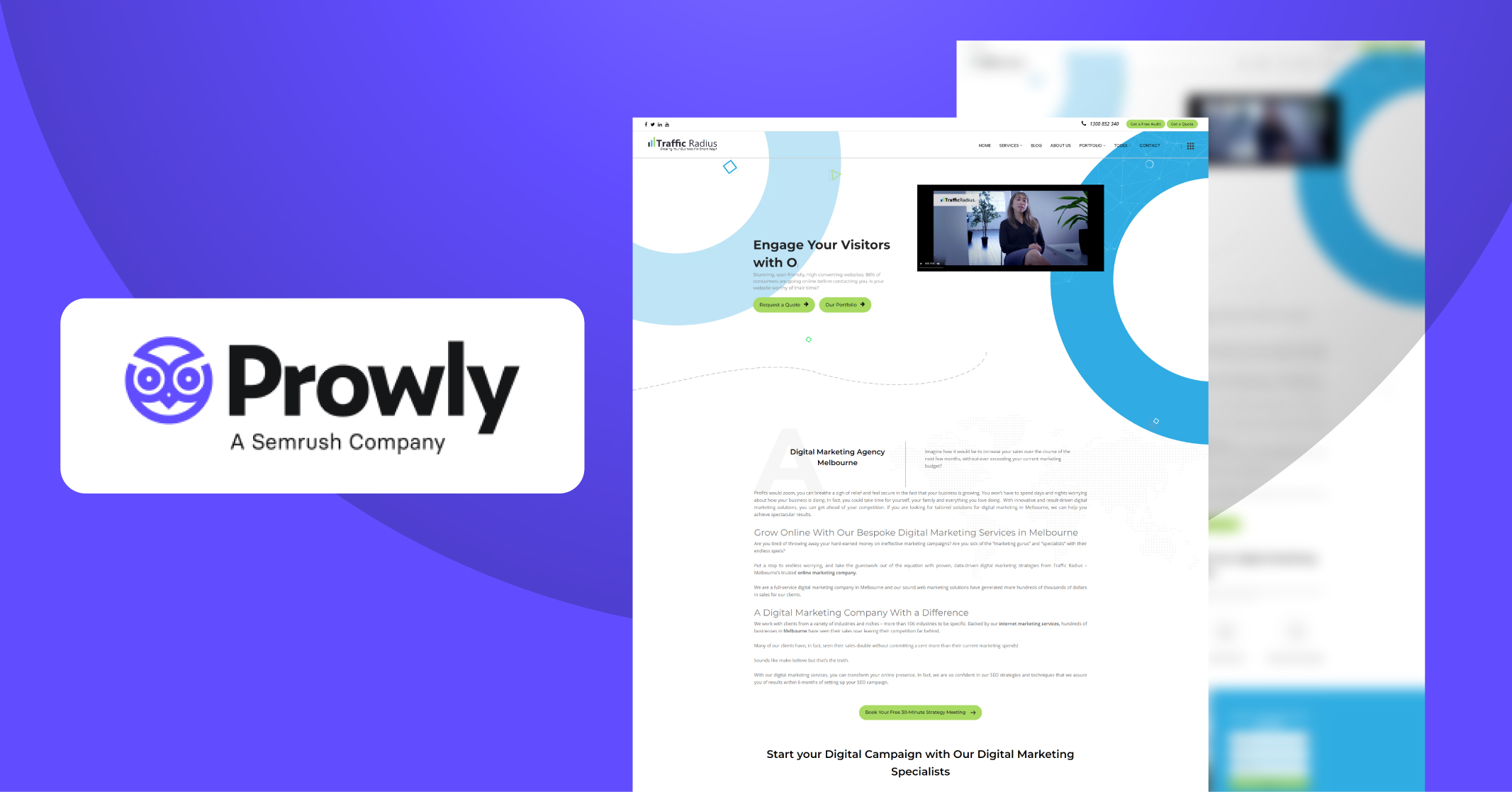I hope you enjoy reading this blog post.
If you want to get more traffic, Contact Us

Click Here - Free 30-Minute Strategy Session
Be quick! FREE spots are almost gone for this Month. Free Quote

In the realm of PR outreach, the outcome is not solely determined by probability theory. Sending out numerous media pitches may not guarantee publications, but a targeted approach can yield impressive coverage.
In this blog post, we will explore the crucial factors that can make or break your media outreach efforts, providing valuable insights to enhance your pitching approach.

Click Here – Free 30-Minute Strategy Session
Be quick! FREE spots are almost gone for this Month
Understanding the essence of a media pitch is crucial for guiding your pitching efforts in the right direction. In essence, a media pitch is an email sent to relevant media contacts, including journalists, reporters, and editors from digital or print media outlets. Its purpose is to persuade them to cover your story. To grab their attention, your pitch letter should focus on key details:
The lead: Craft an enticing hook that highlights the newsworthiness of your story and why it deserves media coverage.
Call-to-action: Clearly state what action you want the reporter to take with your proposal, such as conducting an interview, writing a review, or incorporating your data into their existing coverage.
Value proposition: Explain how your story, whether it involves unique data, exclusive sources, or intriguing industry cases, adds value to the journalist’s current coverage and why they should be interested in what you must share.
For an example of a well-crafted media pitch, refer to our blog post on media pitch examples.
Learn More: The Power of Digital Marketing in PR Campaigns
While you might feel confident in your ability to craft the perfect media pitch, there’s an important aspect to consider. The initial impression that journalists form is not based on your lead or value proposition. To ensure that your email captures their attention and leaves a lasting impact, you must focus on making a strong first impression.
When reaching out to news media with your story, it’s essential to focus on contacting the right individuals. To ensure the success of your media outreach, consider the following:
By following these media pitching tips and employing strategies like targeted journalist outreach and utilising automation tools, you can enhance your chances of success in getting your story covered by the media.
Learn More: Top Blogger Outreach Tips to Build Authority

To avoid sounding generic in your initial interactions, it’s crucial to go beyond surface-level research on journalists. Take a deep dive into their interests by exploring their social media presence, particularly on platforms like Twitter where they often share their views, opinions, and work.
By demonstrating that you’ve thoroughly researched their background, you can show that your media pitch is tailored specifically for them and not just another generic email in their inbox.
One effective strategy is to mention that you have valuable data that challenges or counters an argument they made in an article they published in the past. This demonstrates your knowledge of their work and presents an opportunity to engage them in a meaningful discussion.
However, it’s essential to strike the right balance and avoid crossing personal boundaries. While it may grab their attention, getting too personal, such as mentioning childhood memories or personal connections, can come across as invasive and detract from the professional nature of your pitch.
By conducting thorough research and personalizing your approach without overstepping boundaries, you can make a strong impression and increase the likelihood of capturing the journalist’s interest in your media pitch.
After completing your research and personalisation efforts, it’s crucial to focus on capturing the attention of journalists with your media pitch ideas. The first element they encounter is your email, so it’s important to use a reliable and authoritative email address associated with your company, rather than a generic or unprofessional one.
The subject line of your email plays a critical role in grabbing their attention. To make it effective, consider incorporating the following elements:
Extensive research conducted by Fractl categorises subject lines into four types. By tailoring your subject line to fit one of these categories, you can increase the chances of grabbing the journalist’s attention:
By implementing these media pitching strategies and compelling subject lines, you can enhance the likelihood of journalists opening your emails and engaging with your media pitch ideas.
Learn More: What is the Role of Digital Marketing?
Incorporating relevant and compelling data not only adds credibility to your story but also captures the attention of journalists. By presenting statistics that support your claims or reveal intriguing insights, you can make your pitch more persuasive and enticing, increasing the chances of media coverage.

Craft a captivating content title that piques curiosity and entices journalists to learn more. A well-crafted title can make your media pitch stand out from the rest, increasing the likelihood of it being opened and read. Additionally, leverage the information gap to your advantage by presenting valuable insights or exclusive details that journalists can’t resist.
By filling in this gap with unique and compelling information, you create a sense of urgency and importance, making your media pitch irresistible to journalists.
Personalise your media pitch to establish a genuine connection with journalists. By referencing their previous work or interests, you demonstrate that you’ve taken the time to understand their unique perspective.
This personalised touch not only grabs their attention but also shows that your pitch is tailored specifically for them, increasing the chances of engagement and media coverage.
Once a journalist opens your email, you’re halfway to success in your media pitch. While we’ve already discussed the essential components of a media pitch, such as the lead, call-to-action, value proposition, and closing, there are additional strategies you can employ to enhance the impact of your proposal.
Highlight the exclusivity of your story, data, or case study if it hasn’t been published elsewhere. Journalists are often eager to be the first to break news, and many reputable media outlets prioritise fresh and exclusive content. Don’t hesitate to offer your information exclusively to a journalist whom you believe would be genuinely interested in covering it.
However, it’s important to exercise caution when sending multiple “exclusive” pitches. Misleading reporters about exclusivity can harm your relationship with them if they discover that the pitch wasn’t as claimed. Transparency and honesty are crucial in maintaining positive relationships with journalists.

To capture journalists’ interest, avoid self-promotion and sales-oriented pitches unless you’re a major player like Tesla with groundbreaking news. Instead, center your media pitch around data, shifting the focus from your company or spokesperson to the valuable insights you can offer. Data is inherently unique, potentially newsworthy, and carries inherent storytelling potential.
To make a journalist’s job easier, consider suggesting a specific story angle within your data-inspired media pitch. Journalists are constantly pressed for time and inundated with pitches, so providing a holistic idea wrapped around your data increases the likelihood of them giving your pitch serious consideration.
By presenting a cohesive narrative rather than a collection of disparate facts, you make it easier for journalists to grasp the potential story and increase the chances of media coverage.
In today’s fast-paced world, lengthy descriptions and explanations are often overlooked, especially by journalists who receive numerous media pitches daily. It’s crucial to keep your email copy concise, adhering to a recommended word limit of around 200 words according to Fractl’s study. Lengthy emails can be off-putting to media contacts.
If you find that you need more space to convey your key message, opt for using bullet points. However, keep the number of bullet points to a maximum of four to maintain clarity and brevity.
Remember, when reaching out to a journalist for the first time, your media pitch is essentially a cold email. Approach it with a similar mindset and structure your pitch accordingly.
Media Pitch Example:
Here’s an example of a media pitch created by Traffic Radius media relations team, recreated in Prowly:

While it may seem obvious, it’s important to ensure that your well-crafted media pitch doesn’t end up in the spam folder of your media contact. One particular factor that can trigger this unfortunate outcome is the inclusion of excessive links in your pitch email.
Although some pitches may require multiple links, it’s advisable to minimise their number whenever possible. Having just a single link is generally safe, but including more than one can raise suspicions, both for email providers and journalists, especially if there hasn’t been prior correspondence.
Once your media pitch lands in the recipient’s inbox, the next step is to ensure you don’t find yourself wondering about its status. As a PR professional, you should proactively address the issue of receiving no response.
Follow these guidelines to enhance the attention-grabbing potential of your follow-up emails:
Learn More: What is a PR Agency?
In crafting a media pitch, it’s the little details that can make a big difference in its success. While the content of your pitch is crucial, don’t overlook the importance of paying attention to the finer aspects.
Attention to detail may seem mundane, but the rewards of a successful PR campaign are worth it. A well-targeted media pitch can lead to increased reach, enhanced reputation, link-building opportunities, and an SEO boost.
Ready to take your media pitching to the next level? Contact Traffic Radius today for expert assistance and maximise your PR efforts.

LEAVE A REPLY